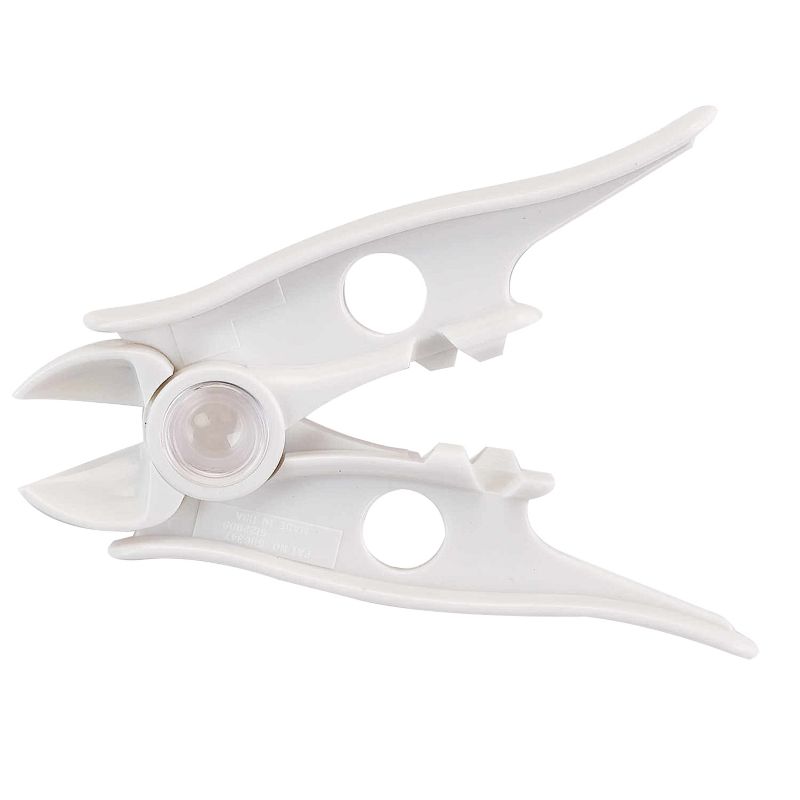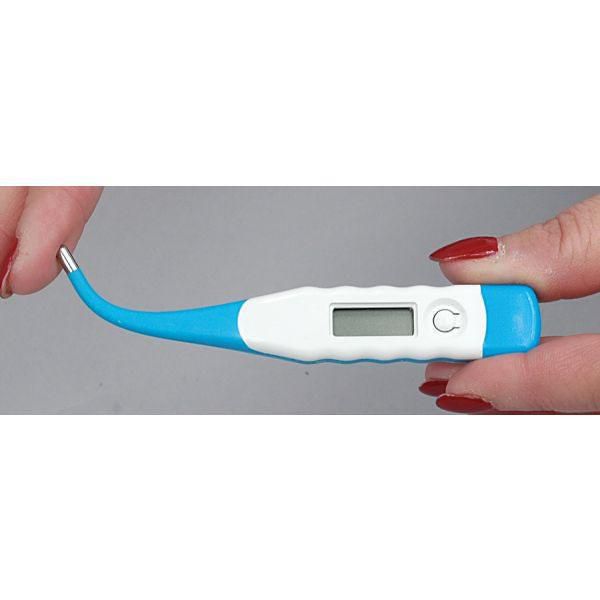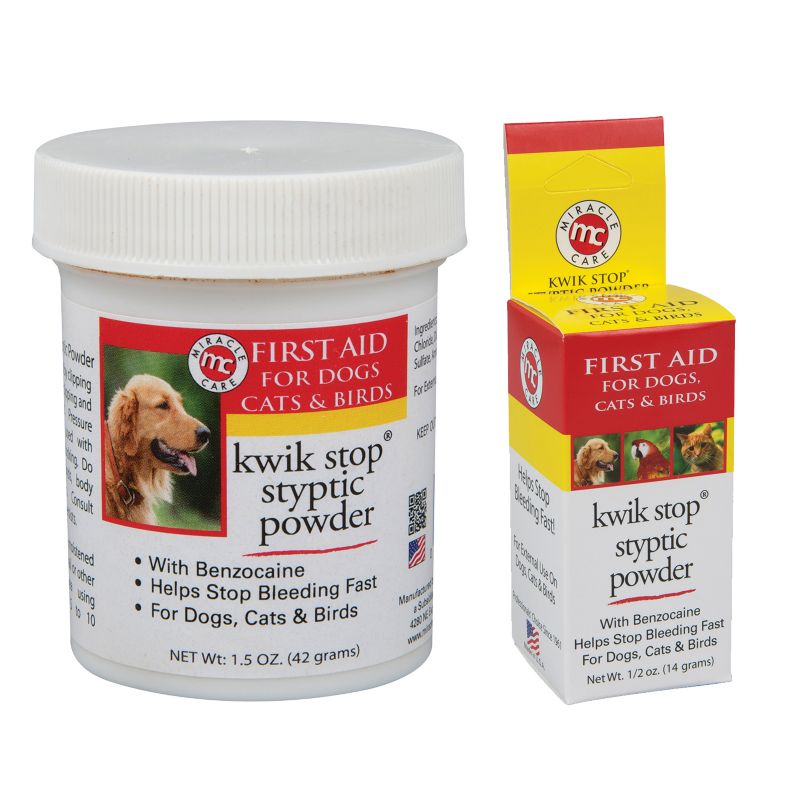If your dog or puppy were injured due to an accident, could you take care of them? In this article, we’ll talk about some everyday items you can add to your dog’s first aid kit in an emergency. From bandages to antibiotic sprays to poison control, this kit has everything you need to take care of your dog in a crisis.
A first aid kit is one of those things that I’d rather have and not need instead of needing and not having one. Most basic first aid kits will have many of the supplies you would need for your dog in an emergency. These items include gauze, bandages, tweezers, and blunt scissors. Other things may not be as safe for your dog, and some items wouldn’t necessarily be included.
ClotIt Pet First Aid Kit [More]
Price: $35.74
Sale: $35.74
Buy Now
Ticks, Splinters, and Stingers – oh My!
Tick Removal Kit
Every pet first aid kit should include a tick-removal kit, especially during flea and tick season. Ticks can seemingly appear from nowhere and can be extremely difficult to remove from your dog’s skin.
Tick Nipper Tick Remover for People and Pets
Tick Nipper Tick Remover for People and Pets [More]
Price: $10.19
Sale: $10.19
Buy Now
Tweezers
Stainless steel tweezers are handy for removing ticks (if necessary), splinters, or a bug’s stinger.
Magnifying Glass & Flashlight
A magnifying glass and flashlight or penlight will help you better see minor injuries like a splinter. This is especially true if your dog is like mine and has long thick fur.
Benadryl
Benadryl is an anti-inflammatory and works well in case of an allergic reaction. It will reduce swelling from an allergic reaction, including bee stings or bug bites.
All-Natural Alternative: Baking Soda & Water
An alternative is to take baking soda and water and make that into a paste. Spread the paste on the impacted area to help get the sting out of the skin, making it a little more comfortable for your dog.
Homeopathic Alternative: Apis
If you prefer a homeopathic remedy, Apis helps to remove any swelling and sting from bug bites.
Homeopathic Alternative: Ledum
Another homeopathic remedy, Ledum, helps alleviate any side effects caused by ticks.
Thermometer
You may already have a thermometer at home, but you can also get a dog-specific thermometer. These thermometers can quickly gauge your dog’s temperature, making it a much easier task.
Flexible Digital Pet Thermometer
Flexible Digital Pet Thermometer [More]
Price: $10.97
Sale: $10.97
Buy Now
Towel or Blanket
Having a towel or dog blanket handy will not only keep your dog warm and dry, but you can also use it as a makeshift stretcher in case you need to move an injured dog.
Ice/Hot Pack
An ice pack or a heat pack is fantastic in case you need to reduce the swelling or administer heat to an injured area.
Soft Muzzle
A soft muzzle may be necessary for your dog if they are hurt. Even if you have the sweetest, kindest, most non-aggressive dog on the planet, any dog could bite if in great pain. As a result, having a soft muzzle will help keep them calm and prevent you from getting bitten.
Wounds: Keeping it Clean
Rubber Gloves
If your dog has a cut or an open wound, it’s always best to have rubber gloves. Rubber gloves can prevent any transfer of infection to your dog’s injury.
Water or Saline
To clean a dog’s wound, it’s best to use either plain water or saline. If you have to flush your dog’s eyes, it is better to use saline. Keep in mind contact lens solution can be very dangerous and maybe even make things worse for your dog.
Wet Wipes
To keep a wounded area clean, you can also use wet wipes. They effectively clean dry blood from your dog’s skin or fur. This is particularly important to do before bandaging a wound.
Wounds: Stop the Bleeding
Styptic Powder
Styptic powder, or blood clotting powder, will help stop bleeding from minor cuts or wounds. It is commonly used when trimming a dog’s nails. Even a tiny nick can cause a lot of bleeding.
Kwik Stop Styptic Powder for Pets 1/2 OZ
Kwik Stop Styptic Powder for Pets [More]
Price: $5.49
Sale: $5.49
Buy Now
Gauze
First Aid kits typically include gauze, and for good reason. Gauze is ideal for absorbing blood when bandaging an open wound.
Non-Stick Bandages
Non-stick bandages are another first aid kit staple. These non-stick wraps are ideal for keeping the gauze (mentioned above) in place.
Self-Adhesive Bandages
Self-adhesive bandages are a good alternative, as they won’t stick to your dog’s fur. You can find “bite-proof” dog bandages which help prevent your dog from accessing the wound.
3M Vet Elastic Adhesive Tape 4in x 3yd 6pk…
3M Vet Elastic Adhesive Tape 4in x 3yd 6pk Box [More]
Price: $65.20
Sale: $65.20
Buy Now
Blunt Scissors
When working with bandages, you probably need to use scissors. I recommend having blunt-end scissors, which will help to avoid poking your dog and causing further injury.
Wounds: Stop the Infection
Cotton Balls
Cotton balls are multi-purpose. They can be used for cleaning a wound or applying medicated creams to an injury.
Antiseptic Spray
You can get dog-safe antiseptic spray if your dog has a cut or an open wound and you’re concerned about infection.
Homeopathic Alternatives
Liquid Colloidal Silver
If you prefer a homeopathic alternative, liquid colloidal silver helps stave off infection from fungus, bacteria, or viruses.
Calendula Cream
Another homeopathic treatment is calendula cream. Calendula cream is an all-purpose antiseptic ointment. Bonus: it helps to accelerate healing.
Arnuca Cream
Anuca cream is an excellent homeopathic alternative for healing bruises.
Things to Avoid: Saving off Infection
Rubbing Alcohol and Hydrogen Peroxide
You should avoid rubbing alcohol or hydrogen peroxide on your dog when cleaning a wound. Not only will this slow the healing process, but it could also cause more damage.
Poison
Hydrogen Peroxide
Although it shouldn’t be used for cleaning wounds, hydrogen peroxide can induce vomiting in your dog. Hydrogen peroxide, if administered orally, will induce vomiting.
Milk of Magnesia or Charcoal
Alternatively, milk of magnesia or charcoal will help absorb any toxins your dog might have ingested.
You should first contact animal poison control if your dog has ingested a poisonous substance. They will be well-equipped to advise on the best treatment. It’s important to note that in some cases, inducing vomiting might make matters worse.
Syringe
To administer liquid medication or hydrogen peroxide orally to your dog, it is easiest to use a large syringe. Having this in your first aid kit could save your dog’s life.
Upset Stomach: Slippery Elm Bark
Slippery elm bark can be fed to your dog or cat to soothe an upset stomach and help with diarrhea.
Contact information & Medical Records
Be sure to have the contact information for your veterinarian, the Animal Emergency Veterinary Hospital in your area, animal poison control, and your emergency contact. Moreover, have a copy of your dog’s medical records handy – they could be helpful if you need emergency veterinary care.
Reference Guides
You may be thinking, ‘okay, so that’s all well and good, but now what do I do in case of an emergency?’ I’ve got you covered! Here are two free PDF downloads that I found through my research. The first is from Alpine Veterinary Medical Centre, and the second is from Kurgo.

Download your own copy of this infographic here.
Conclusion
These are some of the items that I would include in my pet first aid kit. Leave a comment below and let me know if there’s anything that you would have included that I didn’t have listed. I genuinely hope that you never need to use these tips or a pet first aid kit, but if you do, I hope it serves you well.







